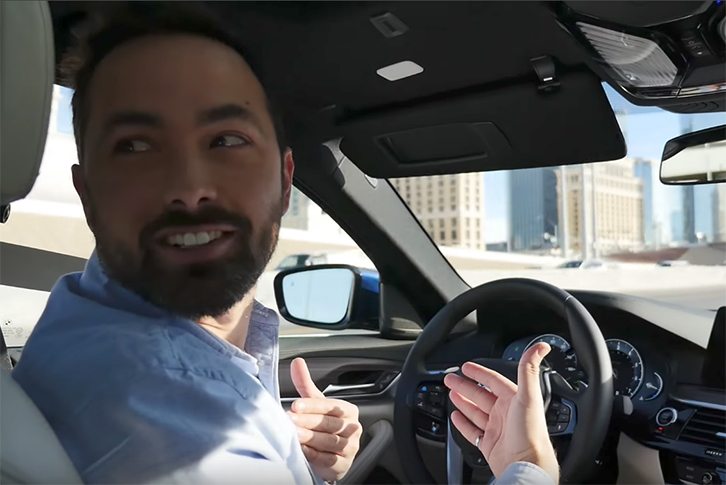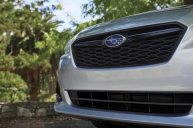Every year, self-driving car technology improves tenfold, slowly inching the industry from semi-autonomous to fully autonomous cars with ambitious automakers like Ford and Tesla gunning for pioneer position.
Here is a quick news snapshot on each of the major automakers with self-driving plans.
- GM is projecting a 2018 launch for its fleet of self-driving Lyft autonomous cars, which will initially be restrictive in its capabilities. Think very low speeds, required optimal conditions, and avoidance of certain roads or non-mapped areas.
- Audi announced its plans to release a feature called Piloted Driving with the A8, which will come with plenty of restrictions, such as a top speed of 40 mph. Vehicles will eventually top off at 70 mph by 2020.
- Testing phase in progress for Chrysler's Pacifica line using Waymo technology.
- Ford projects to deliver a self-driving vehicle by 2021 with minimal limitations, such as not being able to drive in inclement weather that can affect camera and sensor operation.
- Mercedes is working on self-driving for its 2020 feet of S-Class' using S500 Intelligent Drive.
- BMW promises conditionally automated vehicles by 2021.
- Volvo has plans to release its "Auto Pilot" technology by the end of 2017 with only 100 models available to consumers.
- Toyota and Nissan are aiming for completely autonomous cars by 2020 and 2021.
All of these plans are high automation at best, but not completely independent where driver intervention is not possible under any circumstances.
With all of these perspectives, how close are we to fully autonomous vehicles? Although there has been tremendous progress on the tech side, legal and regulatory obstacles remain. High costs, governmental regulations over car testing, insurance policy setting, and other factors present many unknowns. Interpretation of regulations could vary wildly between many governing bodies such as U.S. Department of Transportation's National Highway Traffic Safety Administration and the Federal Communication Commission. No timetable is set, as the vehicles have yet to be produced.
In short, the competition between automakers has never been healthier, but legal and regulatory obstacles will tell the tale. The road towards 2020 and 2021 cannot come soon enough.




